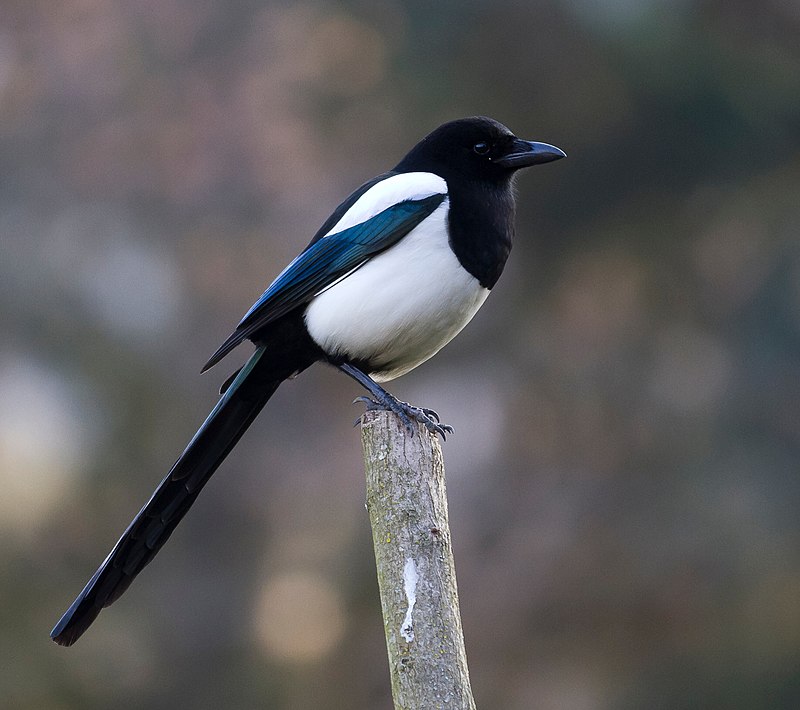
The magpie, a bird known for its striking black and white plumage and vibrant blue accents, carries a wealth of symbolic meanings across different cultures, embodying a fascinating blend of attributes. Its distinctive chattering and social nature have made it a symbol of creative expression, communication, and an exuberant spirit, suggesting a creature that thrives on interaction and the sharing of ideas.
Yet, the magpie’s symbolism is not solely positive. In some interpretations, it is seen as emblematic of a volatile personality, marked by unpredictability and a propensity for deception. This aspect of the magpie’s symbolism speaks to the bird’s adaptability and survival strategies, which can sometimes manifest in ways that are perceived as cunning or untrustworthy.
In Chinese culture, the magpie holds a special place as a harbinger of joy and good fortune. It is associated with marital happiness and is often celebrated in art and literature as a sign of love and enduring companionship. The presence of a magpie is considered auspicious, promising a future filled with bliss and prosperity.
Conversely, in Roman and Native American traditions, the magpie is revered for its intelligence, keen perception, and reasoning abilities. These qualities are seen in the bird’s problem-solving skills and its curious and observant nature, highlighting an affinity for understanding and navigating the world with acuity.
The magpie’s dual symbolism of creativity and deceit, coupled with its association with happiness and intelligence, reflects the complexity of its character as perceived by different cultures. It embodies a spectrum of qualities, from the light of inspiration and joy to the shadows of unpredictability and cunning, making the magpie a multifaceted symbol in the tapestry of cultural mythology.
